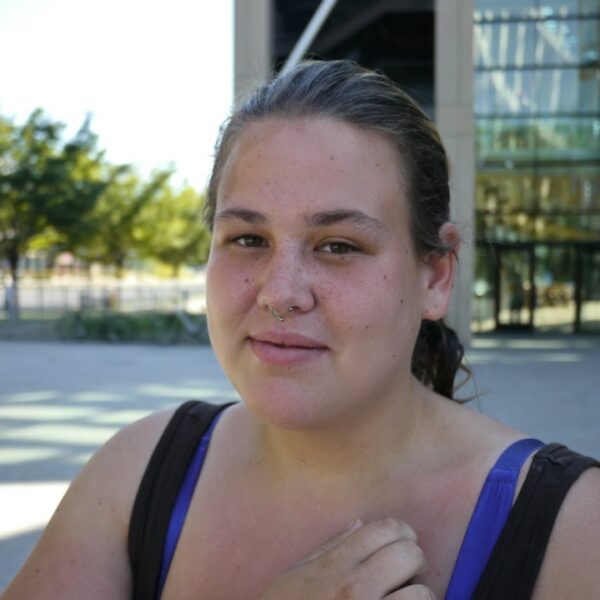We are accustomed to seeing numbers used to depict social problems. Oftentimes, we see two very similar numbers and must analyze what these statistics mean beyond face value. This can be applied to the annual counts for people experiencing homelessness.
According to the most recent point-in-time count released by the Department of Housing and Urban Development (HUD), there were 180,413 family members with children from 56,342 households experiencing homelessness each night, a five percent decrease from the previous year. This statistic indicates youth homelessness is declining. However, it fails to account for young people without a family.
Another count conducted by the National Center for Homeless Education found there were more than 1.5 million homeless students enrolled in schools in the 2017-18 school year. These numbers indicate the majority of young people experiencing homelessness are on their own without support.
When assessing numbers, we must consider the sources of data.
The point-in-time count from the Department of Housing and Urban Development was conducted on the streets for only a month. This creates a challenge in counting and including all unhoused individuals, especially transient youth. On the other hand, the data from the National Center for Homeless Education comes from schools. Because youth spend so much time in schools, these are appropriate settings to gather such data. This high number of unaccompanied and unsupported youth had to come from somewhere, meaning the number of families with a member experiencing homelessness is much likely higher than HUD’s count.
1.5 million students experiencing homelessness is a staggering number. What’s worse is it excludes youth who are not enrolled in school. Given these numbers, youth homelessness is a crucial priority. When we disregard the well-being of so many individuals from the next generation, we are failing as a society.
What actions must we take to end youth homelessness? Advocates and researchers have been exploring this question for many years. Here is a three-fold approach that would just be the start:
Access Centers
Access centers are open, drop-in areas where youth can receive basic services, see a case manager, and be part of a greater community. Services include access to basic hygiene, laundry, hot meals, mail and the internet. Taken for granted by many, these services can help youth obtain housing and get off the streets.
Drop-in centers also create an atmosphere of safety. This is extremely important when homelessness itself is criminalized, leaving those on the street living in constant fear. Even if a youth is able to just be at a drop-in center, it is serving its purpose.
Employment Programs
Having a steady job not only provides an income to help exit homelessness – it can teach youth essential skills used to transition out of homelessness. In addition to these benefits, a job provides time and space for youth to spend away from the streets or where they are currently staying. Working gives youth an opportunity to form meaningful connections and relationships. Finally, employment can be a prerequisite, or be used to a youth’s advantage, in obtaining essential services. Unfortunately, many unhoused people, including youth, face barriers when seeking employment, which is why these programs are necessary.
Safe, Short-Term Housing
No one, especially a young person, deserves to live on the street. The United Nations declares housing a human right. In addition, many shelters are overcrowded, have unsanitary conditions and can be dangerous. Older adults often target youth, which makes finding adequate shelter challenging on a nightly basis.
We must open more temporary, youth-designated shelters that not only provide basic safety, but services based on individual needs. Going beyond shelters, we need to make more short-term housing options available for youth, giving them a chance to get on their feet and start a life off the streets. The Host Homes program is an example of an option that organizations are adopting. This model is based on the research-based housing first theory that is the cornerstone to ending homelessness.
We need to do more to end youth homelessness. These ideas would help positively impact the lives of many young people who desperately need help. Ending youth homelessness will take a concerted effort. Opening Access Centers, implementing youth-focused employment programs and providing safe, short-term housing are steps in the right direction. We must do better for our future.













